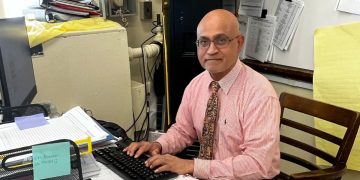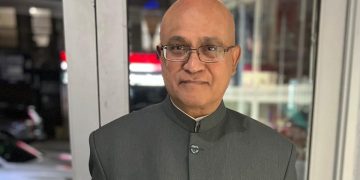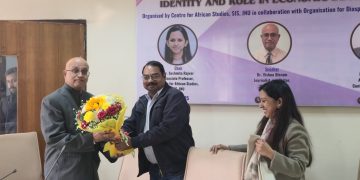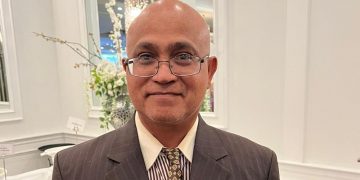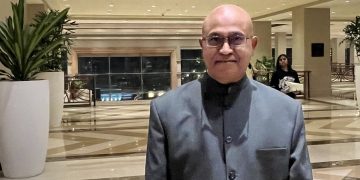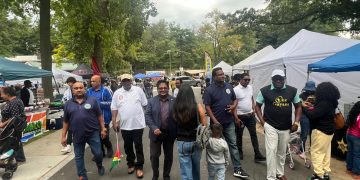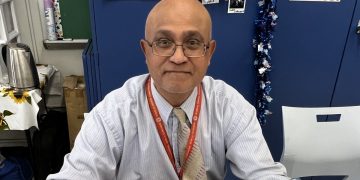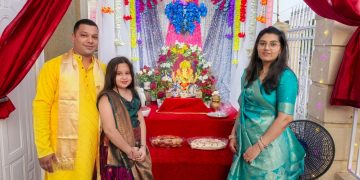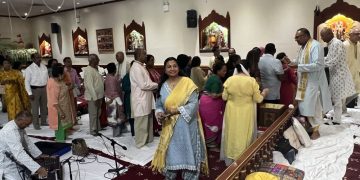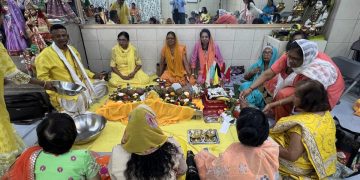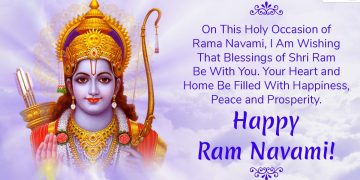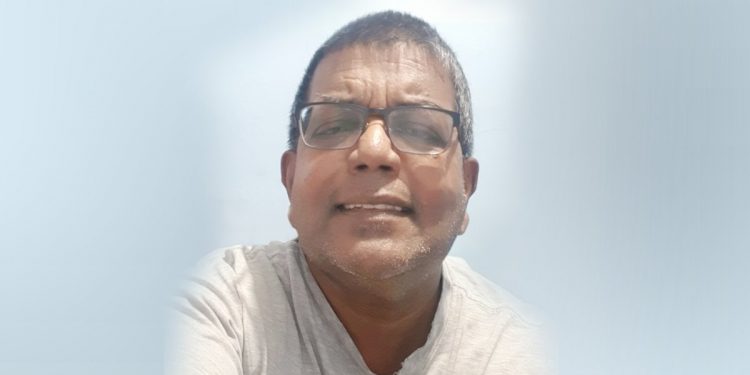The ability to innovate and adapt to the changing environment is going to determine the future of the Hindu community in the diaspora. While many boast that innovation and adaptation is in our blood, too many aspects of our heritage that were suited for an agrarian society continue to hinder our growth as a community.
For example, our poojas continues to be long and drawn out. The same can be said for the shradh ceremonies. Can there be some adjustments in this area? Maybe not, but have we ever sat down to give it some thought? I am not at all disparaging rituals which I know have tremendous meaning and significance. Would it not be equally good for our pandits to spend some time enlightening the congregation on the significance of these rites and rituals?
I love Sri Satya Sai Baba who admonished devotees for offering flowers. He urged them to offer their pure hearts. Why do I have to go out to search the neighborhood for flowers to pray to Lord Rama? The last time I went to cut bamboo for pooja I was stung by wasps. It was a tiring exercise for me, and I also had to hire a van to transport the bamboo. Is it necessary for me to plant a jhandi in my yard to authenticate my Hindu identity?
It is time that emphasis be placed on the yamas and niyamas, the ingredient for right living. For example, ahimsa or non-violence is an integral part of Hindu dharma which must be practiced in thoughts, words, and deeds. Truth is another fundamental of Hindu dharma and so is non-stealing and contentment. Without self-control our lives are going to be debased and miserable!
The Brahmin is placed at the top of the Hindu social hierarchy. He is distinguished by his learning and positive character. His life is a model for others to follow. Today a brahmin is no longer identified by piety and learning but more so by an assumed name.
There is an urgent need to establish institutions to teach Sanskrit, Hinduism, pooja bedi, astrology and even physical skills like hatha yoga, wrestling and martial arts. Where are the trained personnel to conduct these classes? Where are our Aayur Vedic practitioners? What plans do we have to reduce the outrageous number of diabetics who are victims of kidney failure, blindness, amputations, etc?
Bigger homes, luxury cars and foreign trips are not going to save us as a community but our learning and character. The ancient kingdoms of India -the Chulas, the Palas, Pandyas, Marathas – had as their advisors learned Brahmins not only to perform rituals but also to train their armies. When India was invaded by the Greeks, it was Chanakya, a Brahmin, that led the resistance. It was under his guidance that the first all India Maurayan Empire was born in 322BCE and went on to flourish for the next 185 years.
In the Mahabharata, Arjuna and the other princes were trained by Drona, a Brahmin. In the Ramayana, Dasaratha had Guru Vashista as his spiritual consultant. When Rama and Lakshmana were in their teens Sage Vishwamitra took them on an adventure into the dense forest where they fought and defeated demonic forces.
We cannot move forward as a community by listening night after night to stories from ancient texts that do not address our present needs. Maybe our pandits should take a page from our learned Dharmacharya, Dr Rampersad Parasram, who makes his discourses relevant to contemporary social issues in the community.
I felt proud listening to our Dharmacharya addressing domestic quarrels and offering simple solution like controlling kam, krodh, mad and lobh. This has always been the repeated advice of our learned pandits, sages and saints throughout the ages. No amount of poojas and discourses are going to help the chela who harbors those negatives qualities in his mind!
Our pandits can lead but have chosen to be distracted by swearing deed poles and changing their names rather than focusing on learning and character building.













